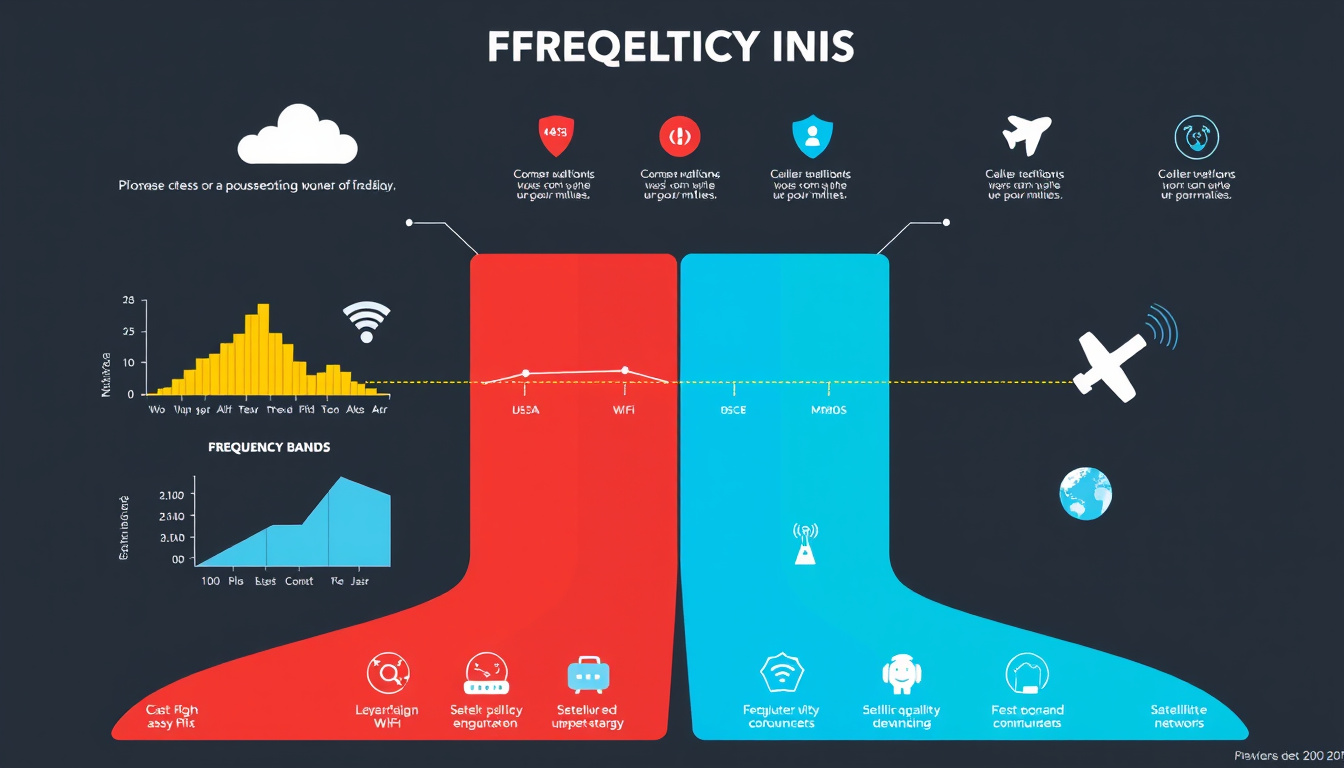When it comes to optimizing your communication systems, selecting the right frequency band is essential. Whether for two-way radios, wireless internet, or even home networks, understanding frequency bands—namely Very High Frequency (VHF), Ultra High Frequency (UHF), and others—can greatly impact performance, range, and reliability of service. This guide will provide a comprehensive understanding of the different frequency bands, their characteristics, and how to choose the right one for your specific needs.
Understanding Frequency Bands

What Are Frequency Bands?
In telecommunications, a frequency band refers to a specified range of frequencies allocated for particular applications. The electromagnetic spectrum—where these frequencies reside—covers everything from extremely low frequencies (ELF) to terahertz frequencies (THF). Different frequency bands serve different purposes, following certain characteristics dictated by their wavelengths and physical properties.
Key Frequency Bands and Their Uses
-
Very High Frequency (VHF):
- Range: 30-300 MHz
- Best For: Outdoor applications with maximum range.
- Typical Use Cases: VHF is ideal for agricultural communication, rural fire services, and long-haul trucking. It effectively penetrates rural terrains and maintains communication over long distances.
-
Ultra High Frequency (UHF):
- Range: 300 MHz to 3 GHz (typically around 403-470 MHz for most applications).
- Best For: Indoor operations or urban environments with obstructions.
- Typical Use Cases: UHF is widely used by educational institutions, manufacturing facilities, hotels, and other environments requiring reliable communication in densely packed spaces. Approximately 80% of business radios operate on UHF due to its versatility.
-
900 MHz:
- Best For: Organizations needing strong in-building coverage.
- Typical Use Cases: Primarily found in hospitality, retail, and light manufacturing, 900 MHz radios offer license-free operations and can quickly be configured for immediate use.
Factors To Consider When Choosing Frequency Bands
1. Environment
When determining the appropriate frequency, consider the physical surroundings. Areas with many obstructions (like buildings or trees) may benefit from UHF due to its superior in-building coverage. Conversely, VHF is more suited for wide-open spaces with fewer barriers.
2. Range Requirements
VHF frequencies tend to travel farther than UHF. If your communication needs require long-range service—such as in rural environments—VHF might be your best option. In contrast, for city applications or indoor settings, UHF provides better penetration and clarity.
3. Regulatory Considerations
Different regions may impose regulations on frequency use. Understanding local laws concerning frequency allocation can also influence your choice. Some frequencies may only be available for licensed use, while others may offer license-free operation.
4. Specific Application
Different industries rely heavily on various frequency bands based on their specific requirements:
- Agriculture: Farmers benefit from VHF for long-range communication across fields.
- Education: Schools typically use UHF for communication throughout their facilities, accommodating both indoor and outdoor environments.
- Public Safety: Emergency services often use designated VHF/UHF bands for reliable communication during critical situations, such as fire or medical emergencies.
Conclusion
Choosing the right frequency band is paramount for ensuring effective communication within your operational framework. By understanding the unique benefits and applications of VHF, UHF, and other frequency bands, you can make informed decisions to enhance connectivity. Consider your specific needs, the operational environment, and the regulatory landscape to determine the ideal communication channel for your organization. As technology continues to evolve, staying informed will be key to mastering connectivity in an increasingly complex world.



